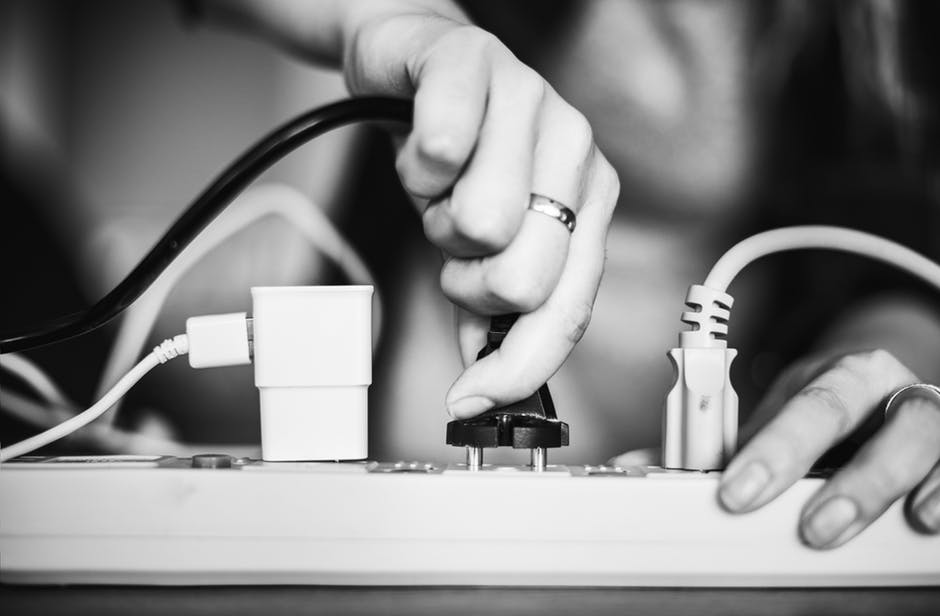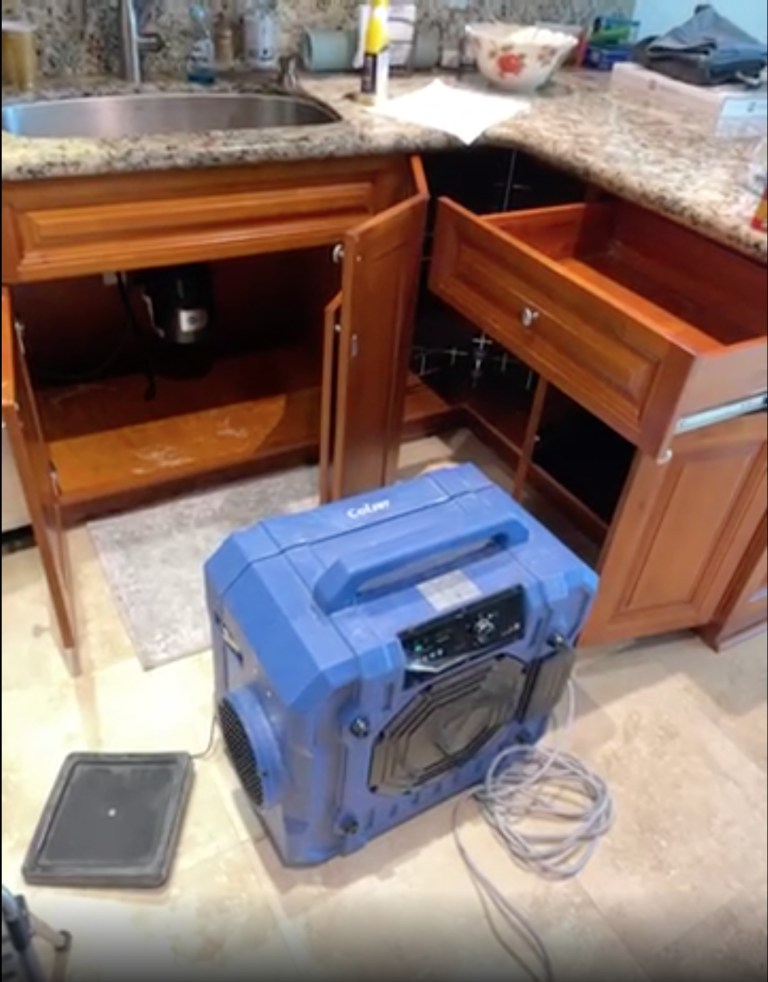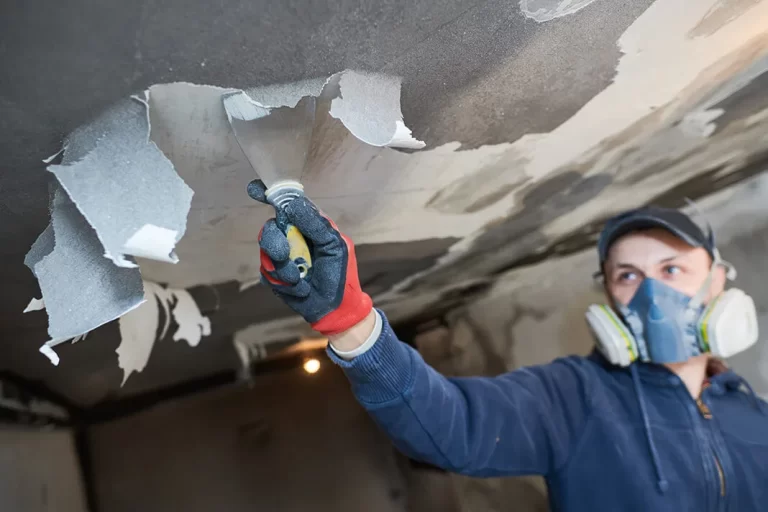Common Electrical Issues and How To Fix Them
Did you know that the average American household spends over $100-$120 monthly on electrical power alone? An amount like that is enough to drive any budget into the ground. If you feel like an electrical issue in your house is driving up your power bill, listen and take action.
Common electrical issues can lead to a fire or a massive power outage. Also, if you’ve been having issues with your electricity bill, there could be a problem that you need to find and fix.
Check out this quick-and-easy guide that will help you identify common electrical issues and how to fix them.
Flickering Lights
Flickering lights can be a concerning electrical issue, and the cause can vary from one home to the next. The easiest and first thing to check is whether bulbs must be fixed or over-tightened. If any of the bulbs are loose, gently screw them in tighter.
If any bulbs are too close, gently unscrew them until they’re just snug. Additionally, if the flickering persists, ensure the light switch is securely connected to the wall and ensure it is not too loose.
If neither of these remedies works, you should provide the circuit breaker is not overloaded and the wiring between the light fixtures and the circuit breaker is all correctly connected.
Tripping Circuits or Breakers
Tripping circuits or breakers are a common concern regarding electrical problems. They occur when the electricity exceeds the safe capacity and causes the breaker or fuse to shut off.
The leading causes of circuits or breaker tripping include power surges due to lightning strikes, overloaded circuits, failing electrical components, and more. To fix tripping circuits or breakers, it is essential to identify the cause first and then take the appropriate corrective action.
For example, if an overloaded circuit is a cause, split the load between two separate circuits. If a power surge is a cause, install a surge protector or replace the fuse or circuit breaker.
It is also essential to have an electrical inspection done to ensure that the wiring is up to code and that no other issues are present.
Damaged Extension Cords
The most common causes of damaged extension cords are aging, kinks, overheating, and exposure to the elements. You first need to identify the problem to fix a damaged extension cord.
If it’s aging, the cord may need to be replaced. You can use a pair of pliers to uncurl it if it’s kinked. If it’s overheating, ensure it’s not being overloaded, and it’s used in an area with adequate ventilation.
Finally, if it’s been exposed to the elements, consider buying a new cord or covering it with a protective case when unused. No matter the issue, it would help if you never tried to repair an extension cord.
Electrical Surges or Dips
Electrical surges or dips are among the most common problems homeowners experience with their electrical systems. These powerful surges or drops cause a lot of damage to the electrical components in the home and can put the house’s occupants at risk.
To prevent surges and dips, one should install power surge protectors in their meter box and each room of the home. Additionally, it is essential to check regularly for potential wiring issues, to ensure that all wires are in good condition, and to look for loose connections or other possible health or safety risks.
Homeowners can significantly reduce the chances of electrical surges or dips by performing preventative maintenance and checks. If an overflow or descent does occur, it is essential to turn off the breaker immediately, contact an electrician, and seek professional assistance to address the problem before attempting to fix it yourself.
Dead Outlets
Dead outlets are a common electrical issue and can be dangerous due to an outage of electricity to an appliance or area. To fix this problem, you should first check the breaker box to decide if a blown fuse or tripped breaker has occurred.
If not, test the outlet with a multimeter to see if the outlet has a live current flowing. If no wind is pouring, you may need to reset the GFCI outlet or replace the receptacle. To ensure safety, it is preferable to hire an electrician, as electrical issues can be dangerous.
Frequent Light Bulb Blowouts
The most common electrical issue causing frequent light bulb blowouts is the voltage that is either too high or too low. High voltage can cause the filament in the light bulb to overheat and burn out, while low voltage can cause the bulb to dim and flicker, heating more than usual before finally burning out.
To fix this issue, the homeowner should use a voltage tester to measure the voltage in the electrical circuit. He should contact his electrician to adjust the voltage meter if the voltage is too high.
If the voltage is too low, the homeowner should check the wattage of the bulb he is replacing and permanently install a bulb with the correct one for that particular circuit.
Some Lights Are Too Dim or Too Bright
Lights that are too dim or bright are a common home electric work that several factors can cause. One of the most common causes is a weak lightbulb. The light bulb should be replaced with one of the correct wattage levels to fix this.
If the lights stay too bright or too dim after the bulb has been replaced, it could be because the dimmer switch needs to be adjusted. This can be done by increasing or decreasing the brightness setting on the dimmer or switching between automatic and manual modes.
Another issue could be that the circuit breaker or cable issues need replacing or upgrading. This local electrician should be consulted for help if this is the case.
Start to Fix the Electrical Issues Now
Common electrical issues can be overwhelming, but they don’t have to be! You can quickly and efficiently troubleshoot and fix issues independently by taking small steps like researching common problems and inspecting the wiring.
For more tips and tricks on how to fix common electrical problems, contact a certified electrician today.
For more information on how we can help, be sure to reach out via our contact us page, and we will be happy to assist you further.






